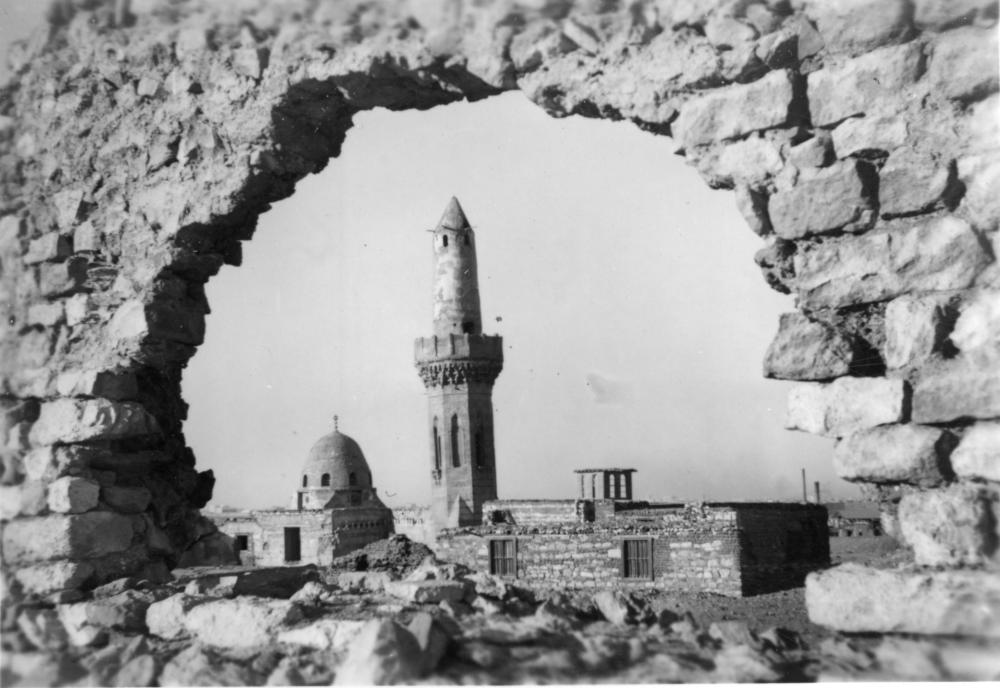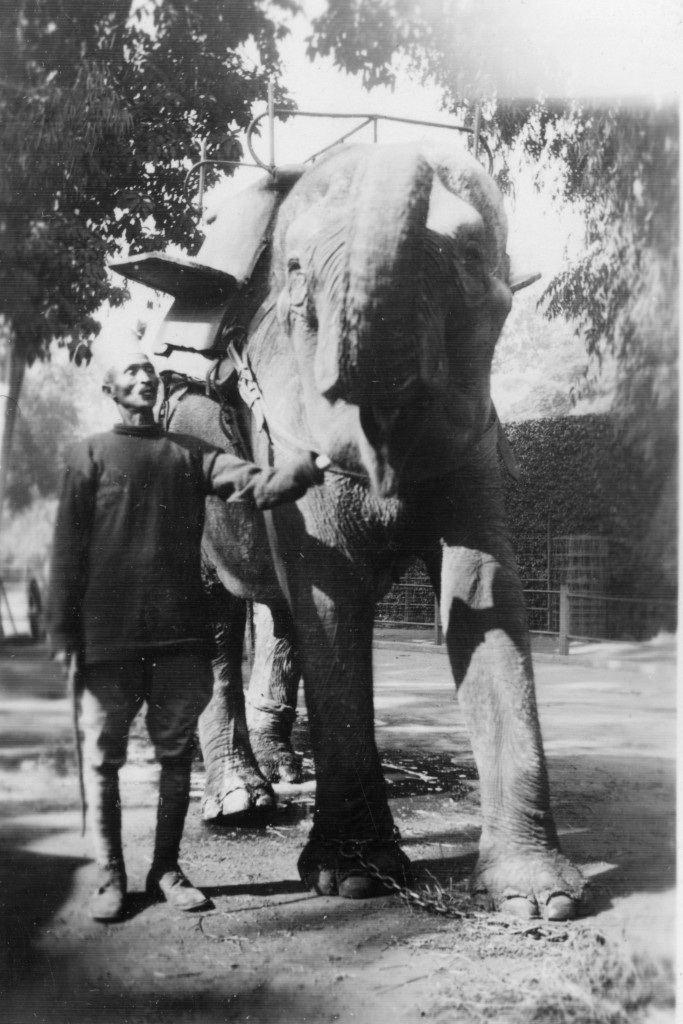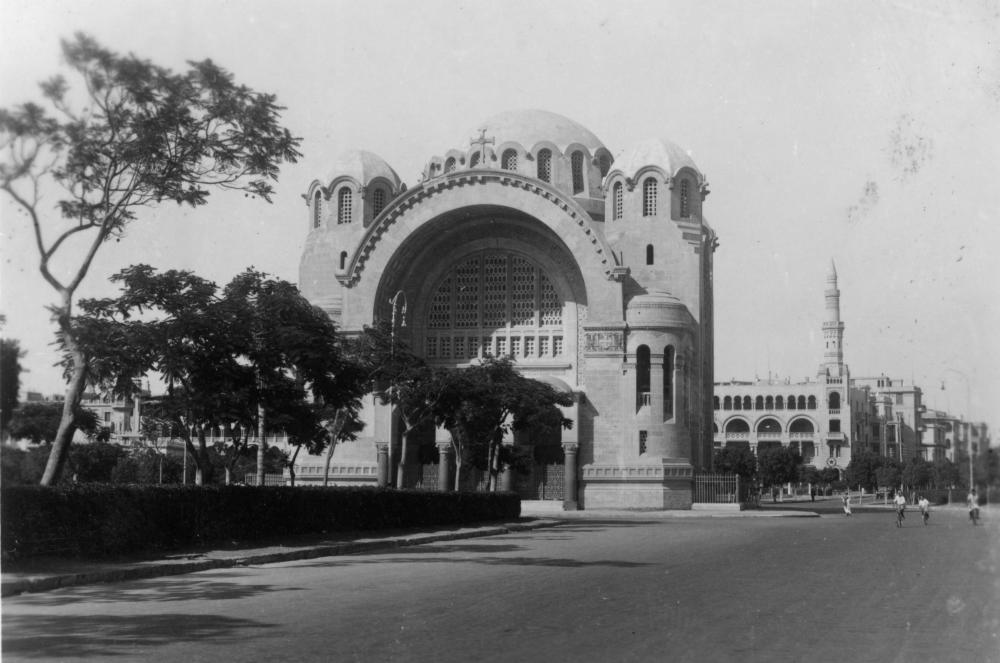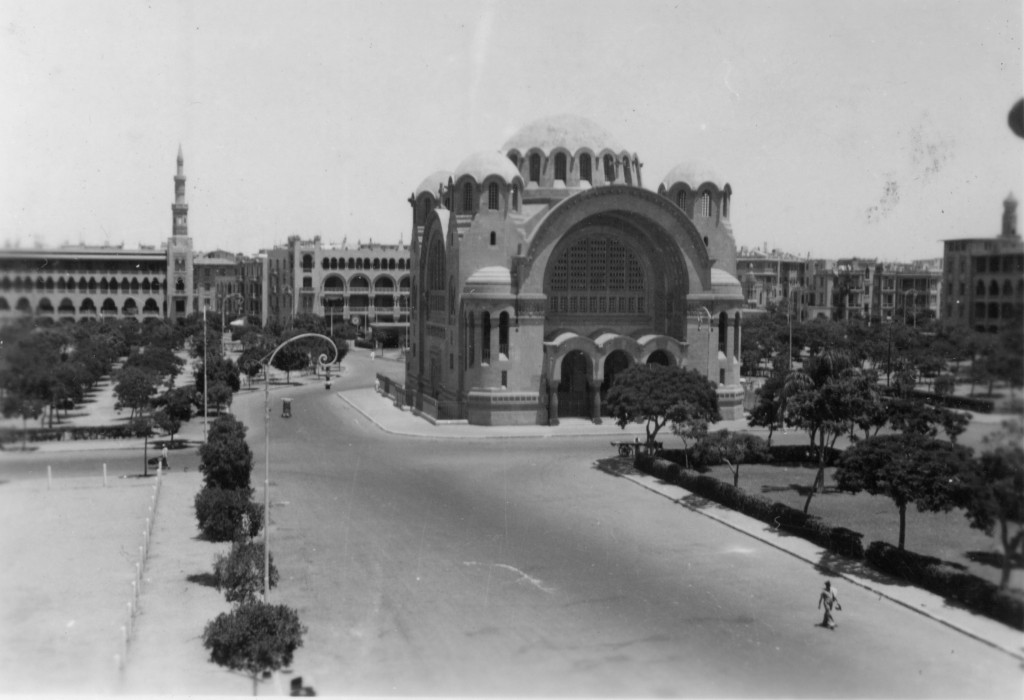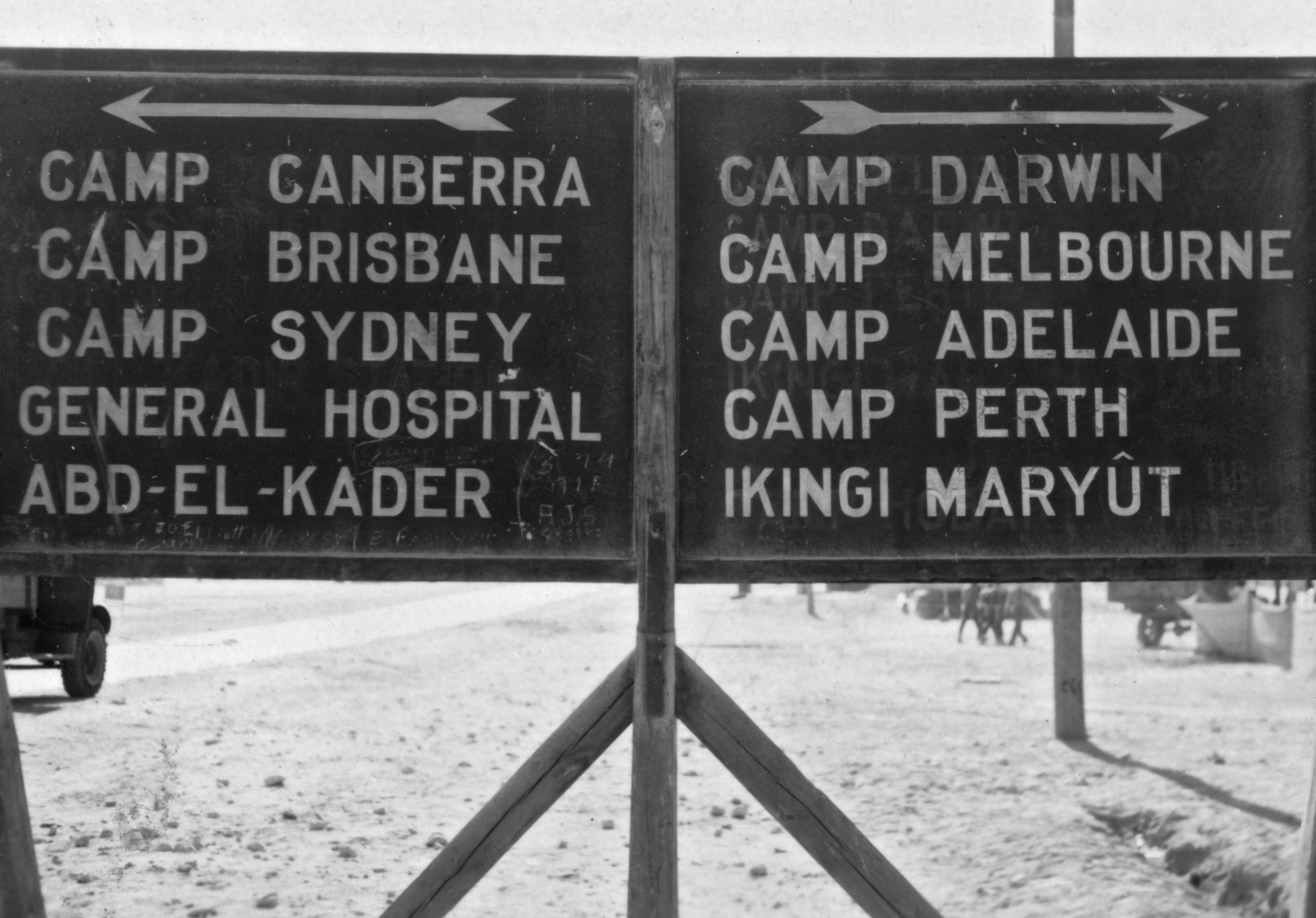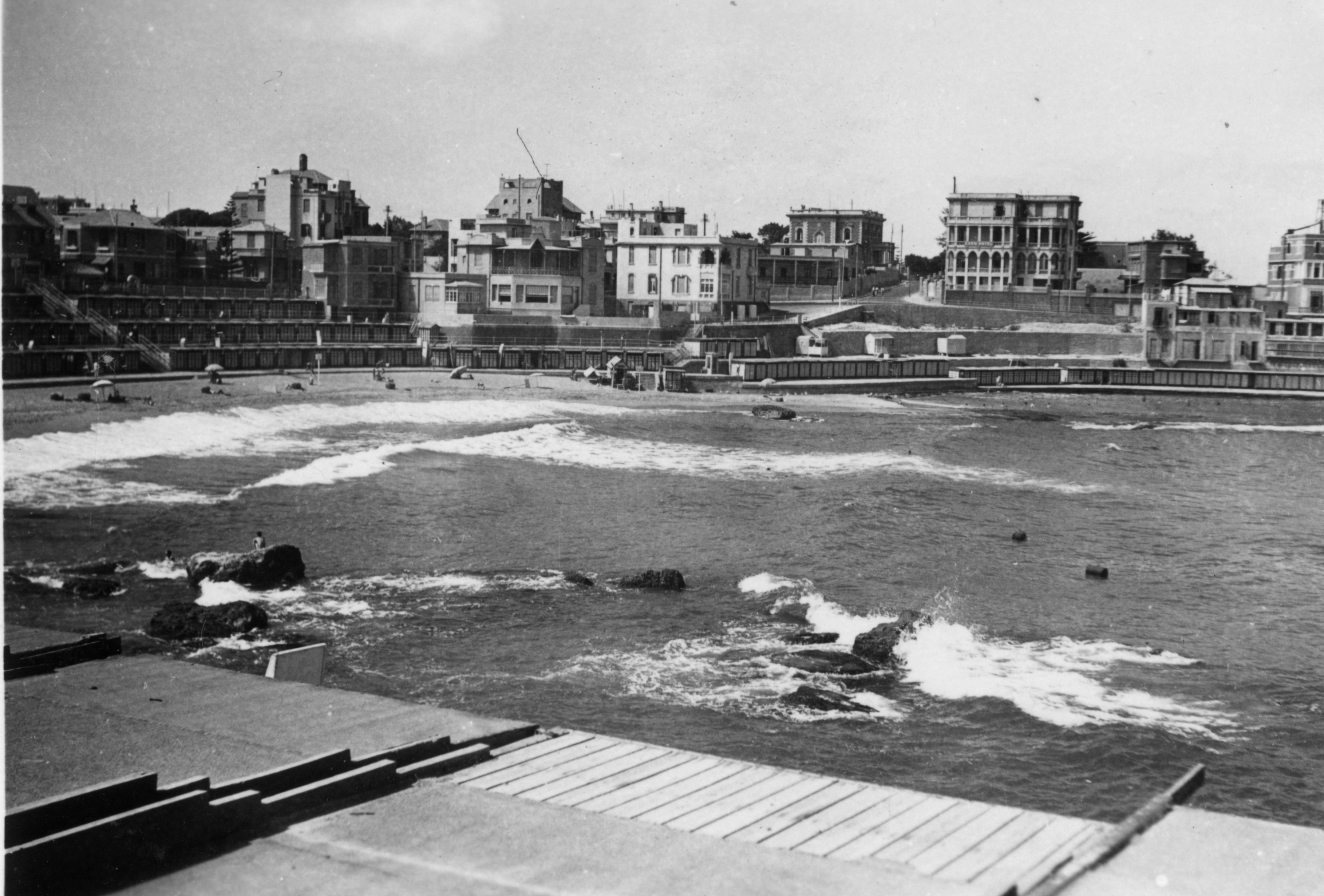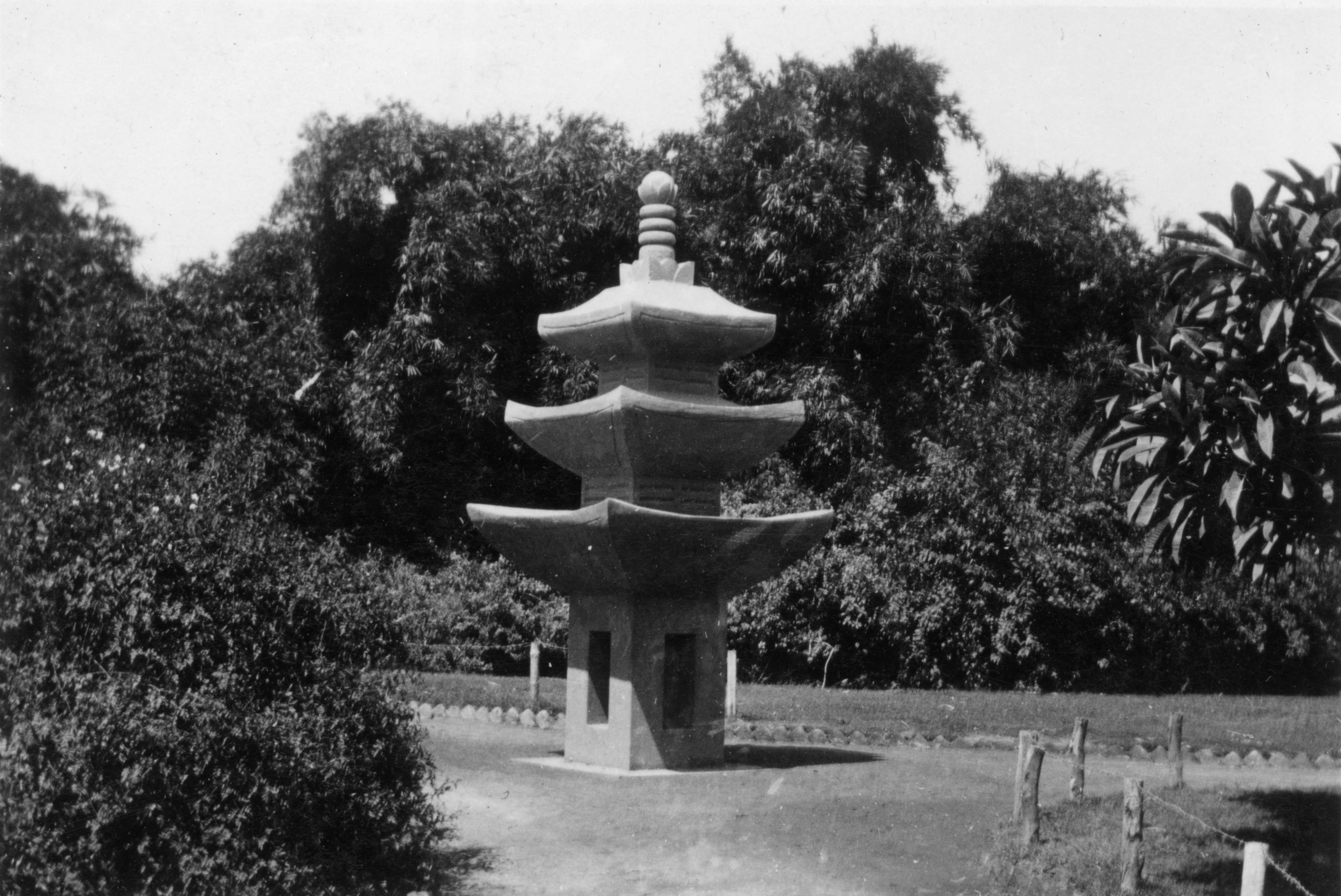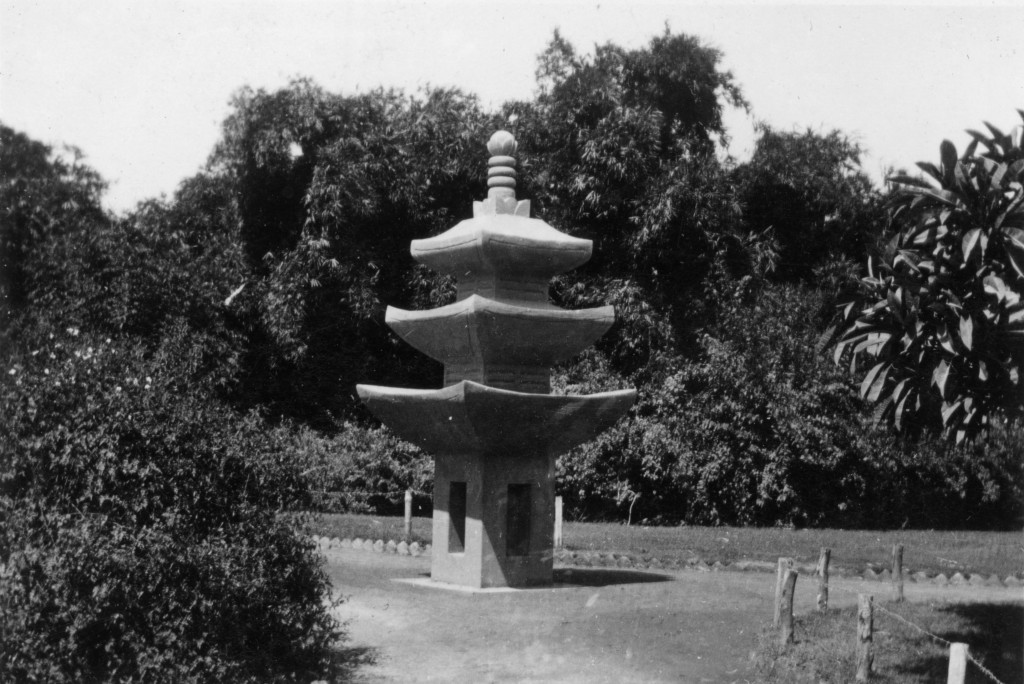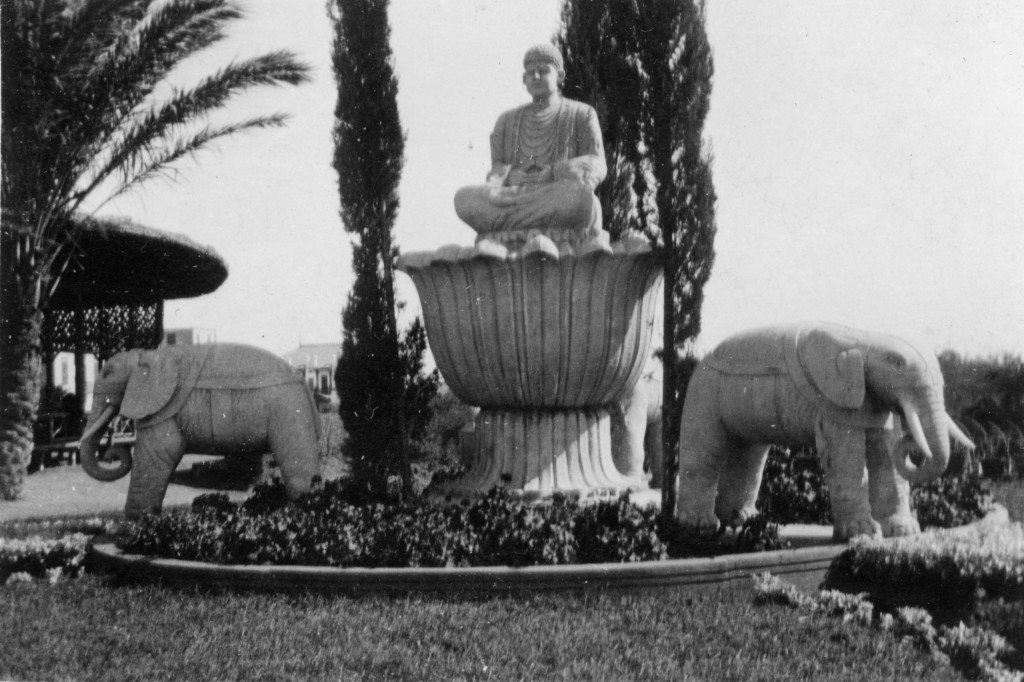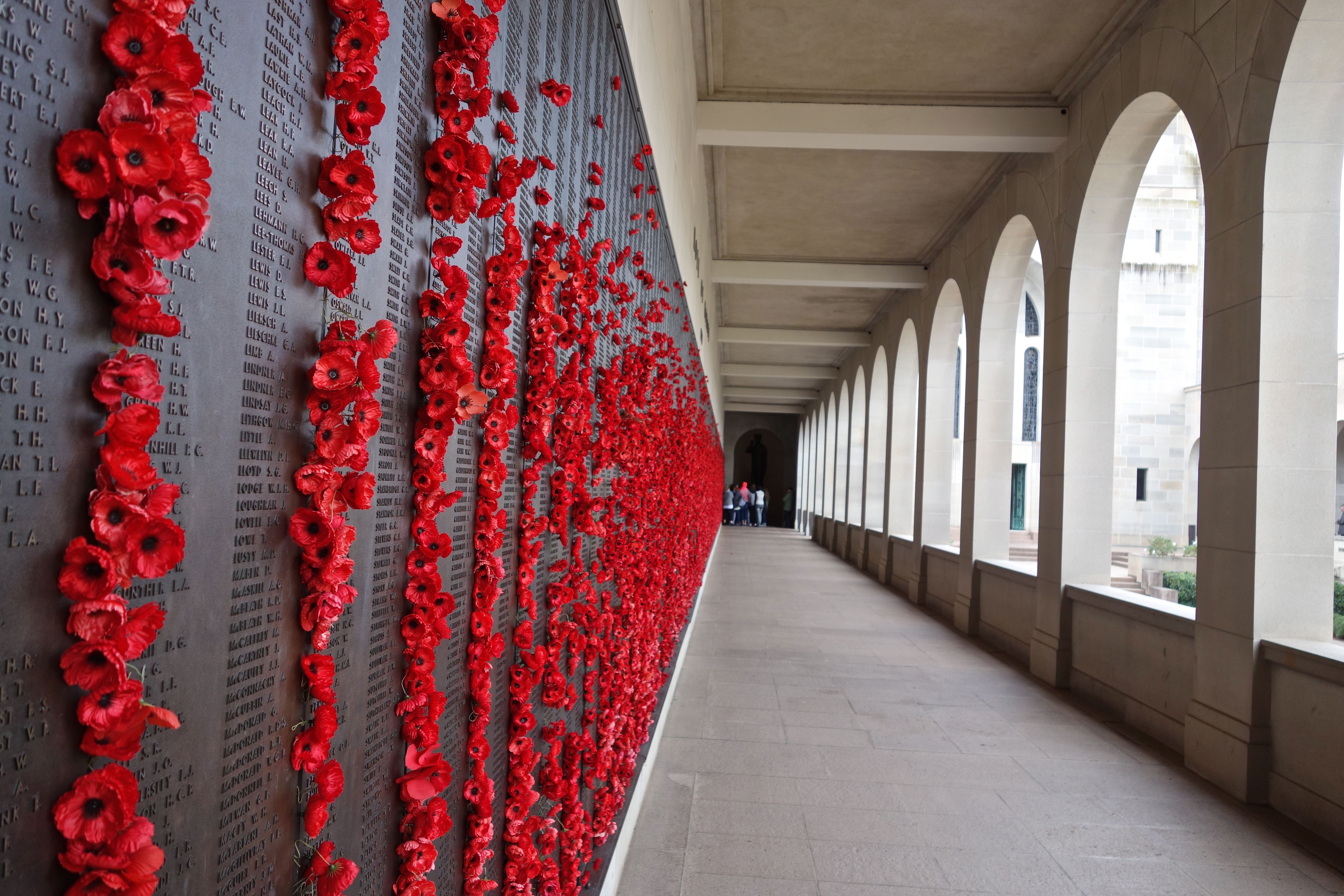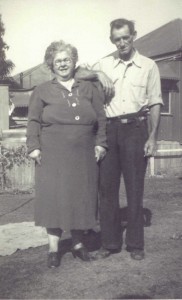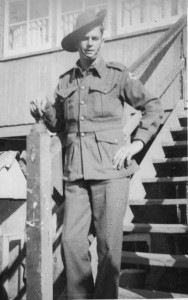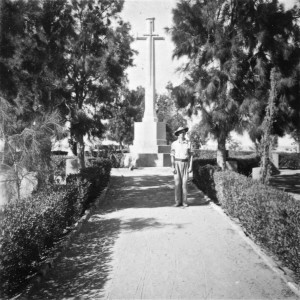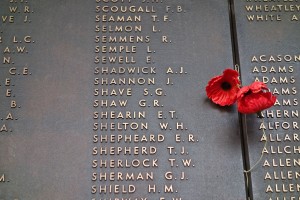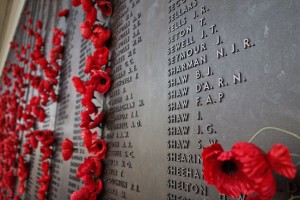Any image of a tram makes me long for the past. When I was a child in Brisbane there were trams in the city, but by 1969 the use and support of trams had declined and the tramway was closed. It had been operating since 1885.
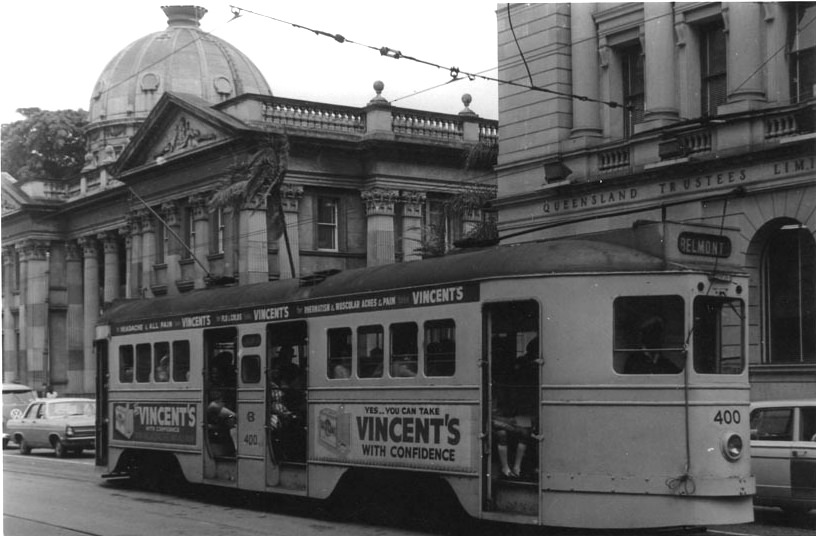
(An aside: In case you’re wondering about Vincent’s, they were powders for headaches, wrapped in paper. You poured the powder into your mouth and washed it down with water. My father took them daily. They were withdrawn from the market in the 1970s because they were causing renal failure and codeine addiction. So he shouldn’t have taken them with confidence after all.)
These days in Australia, only Adelaide and Melbourne still have trams. Melbourne is famous for them, and whenever I’m there I catch them just for the fun of it.
When I lived in Lyon, France, I often got around on trams, enjoying the ease of hopping on and off without having to climb stairs or walk down the aisle in search of a seat, as you do on a bus or a train, and without having to descend into the subterranean metro stations.
At present in Canberra, a light rail system (tramway) is under construction, but there’s a heated debate about the expense of it and disputes about the benefits. A local election in a couple of weeks will determine whether the project continues. And if The Opposition wins, it will stop the construction and cancel the contracts for which numbers of people have been employed. Hmmm.
But despite the arguments against our tram project, my nostalgia-filled heart is firing up memories of tram trips taken, of the fun of travelling on these little street trains, of waiting at the tram stops with my mother or father, or by myself in Lyon, holding my ticket nervously purchased in much-practised French, and being transported quickly and efficiently to my destination. So, rationally or not, I’m pro tram.
This 1941 photo of a tram in Port Said, perhaps waiting for the Australian soldiers to jump on board, gives me a little thrill every time I look at it. I wish it could teleport into my life so I could ride on it.
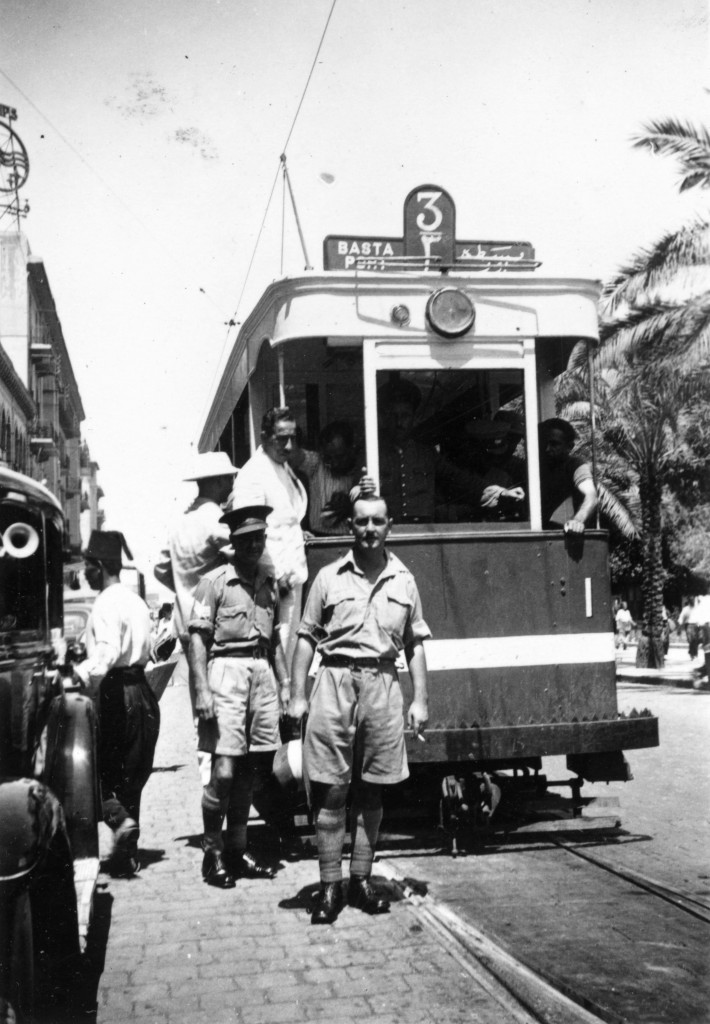
Thanks WordPress for evoking my nostalgia.
Save

